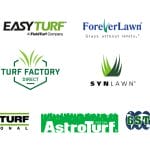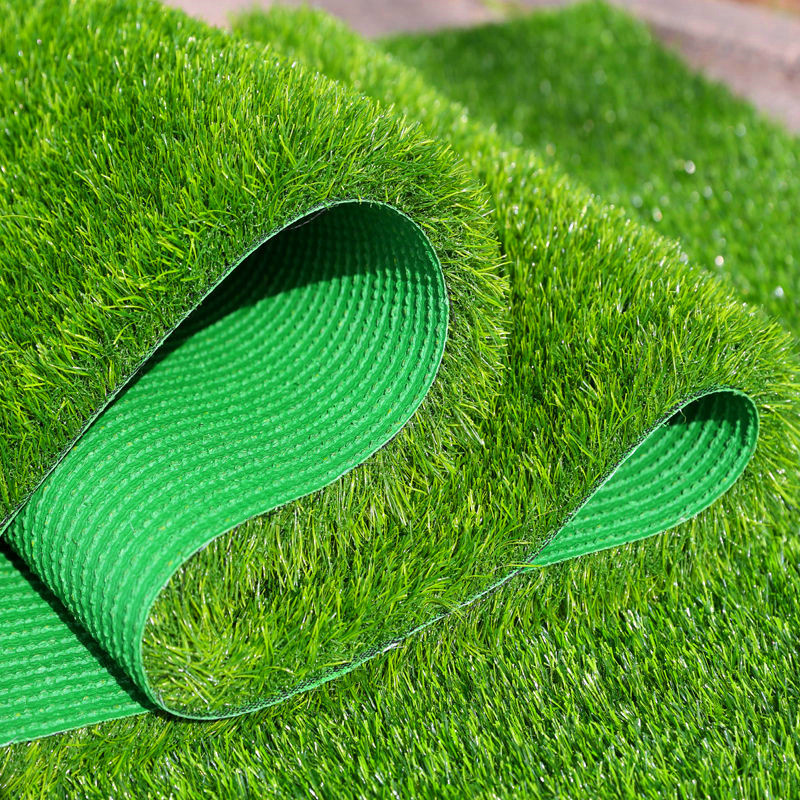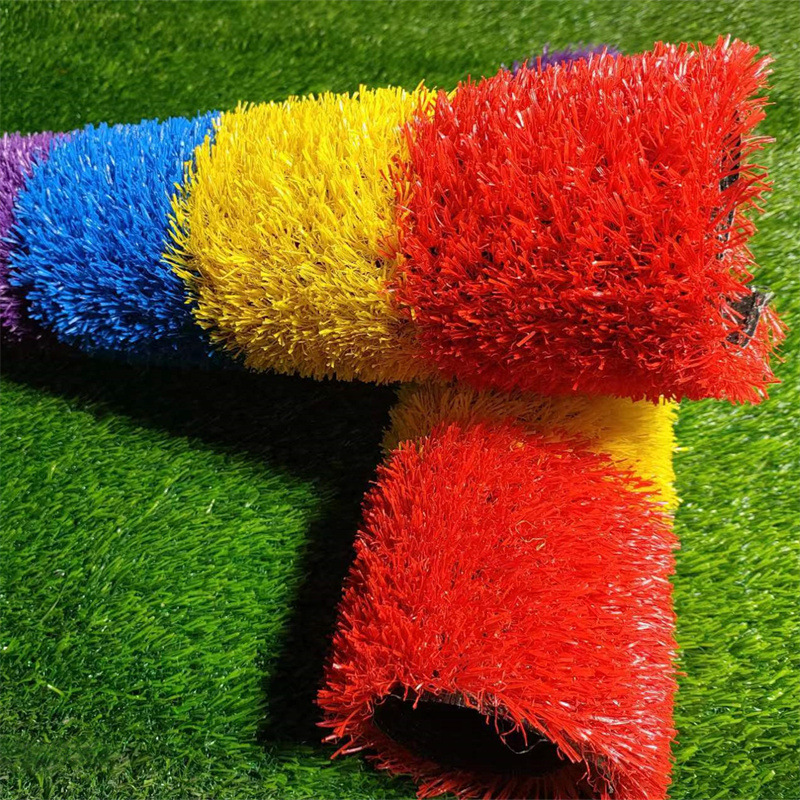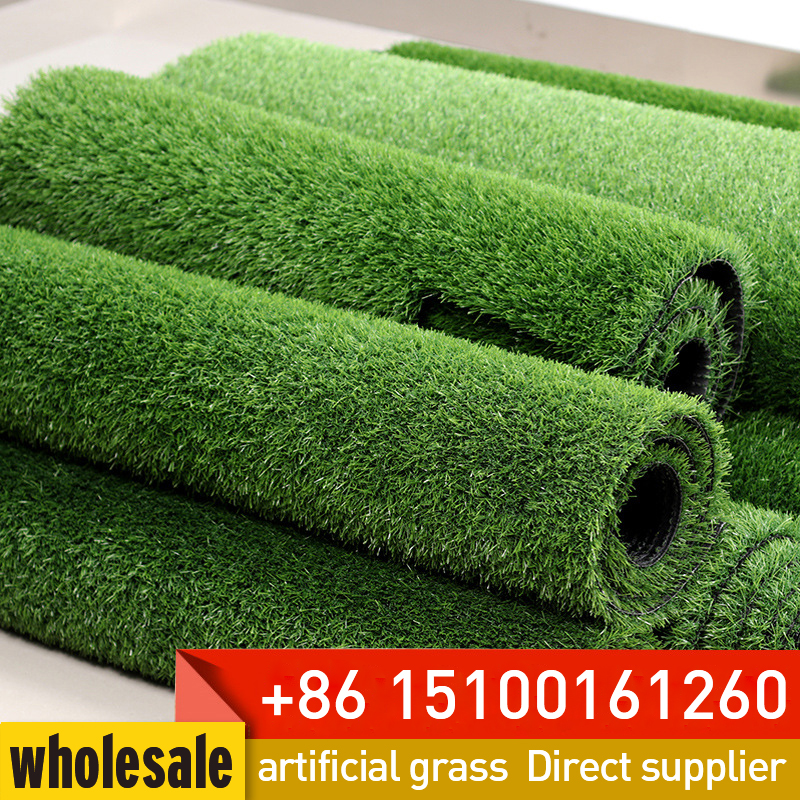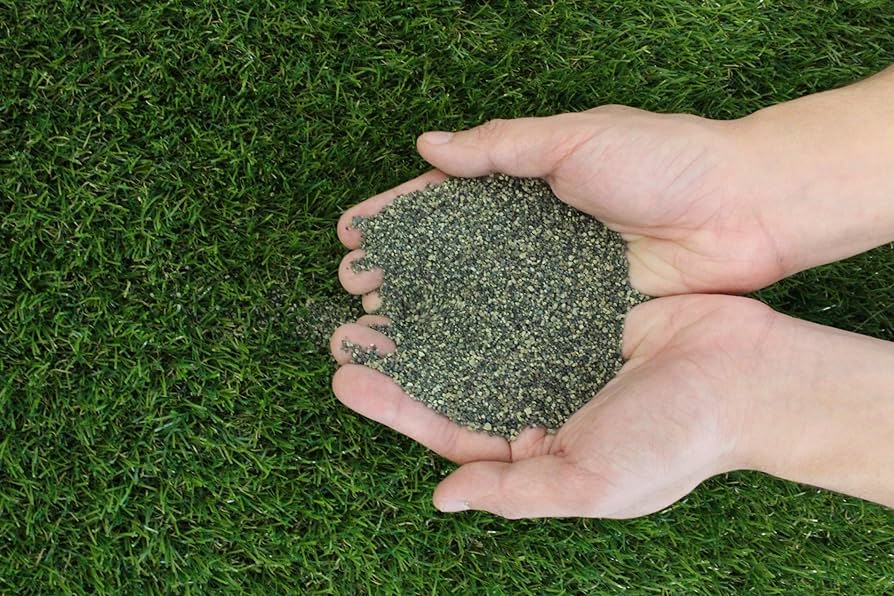
When it comes to installing artificial turf, one crucial component that often gets overlooked is the infill material. Infill is the layer of granular material that is spread evenly over the turf surface, providing several essential functions such as ballast, shock absorption, and stabilization. Choosing the right type and quantity of infill is crucial for ensuring the longevity, performance, and safety of your artificial turf system. In this article, we’ll explore how to determine the amount of infill you need for your project.
Understanding Infill Types and Functions Before delving into the calculation of infill quantities, it’s essential to understand the different types of infill materials and their respective functions:
- Silica Sand: A commonly used infill material made from finely ground silica. It provides excellent drainage and helps keep the turf fibers upright.
- Crumb Rubber: Made from recycled tires, crumb rubber infill offers superior shock absorption and cushioning, making it ideal for sports fields and playgrounds.
- Organic Infills: Eco-friendly alternatives like cork, coconut fiber, or olive cores are becoming increasingly popular for their sustainability and natural appearance.
- Hybrid Infills: A combination of different materials, such as silica sand and crumb rubber, can offer a balanced mix of properties.
The type of infill you choose will depend on factors such as the intended use of the turf, desired playing characteristics, and environmental considerations.
Calculating Infill Quantities The amount of infill required for your artificial turf installation depends on several factors, including the total square footage of the area, the recommended infill depth, and the bulk density of the infill material. Here’s how to calculate the approximate infill quantity:
- Measure the total area (in square feet) where the artificial turf will be installed.
- Determine the recommended infill depth for your chosen turf system, typically ranging from 1 to 3 inches. Consult your turf manufacturer or supplier for specific recommendations.
- Find the bulk density of the infill material, which is typically measured in pounds per cubic foot (lb/ft³). Common bulk densities are:
- Silica Sand: 90-110 lb/ft³
- Crumb Rubber: 60-80 lb/ft³
- Organic Infills: 20-40 lb/ft³
- Use the following formula to calculate the total infill weight needed: Total Infill Weight (lbs) = Total Area (ft²) x Infill Depth (ft) x Bulk Density (lb/ft³)
For example, if you are installing artificial turf over a 2,000 square foot area with a recommended infill depth of 2 inches (0.167 feet) using crumb rubber infill with a bulk density of 70 lb/ft³, the calculation would be:
Total Infill Weight = 2,000 ft² x 0.167 ft x 70 lb/ft³ = 23,380 lbs
It’s important to note that this calculation provides an estimate, and it’s always recommended to consult with your turf supplier or manufacturer for their specific recommendations and to account for potential waste or additional infill needed for proper installation.
Considerations for Infill Selection and Installation When selecting and installing infill for your artificial turf, there are several additional factors to consider:
- Climate and Weather: Different infill materials may perform better in certain climates or weather conditions. For example, organic infills may be more suitable for cooler regions, while crumb rubber can retain heat in warmer areas.
- Drainage and Permeability: Adequate drainage is crucial for preventing water buildup and maintaining a safe playing surface. The infill material and its installation method should allow for proper water flow and permeability.
- Maintenance and Upkeep: Different infill materials may require varying levels of maintenance and grooming to maintain their performance and appearance over time.
- Safety and Environmental Concerns: Consider the potential health and environmental impacts of the infill material you choose, especially if the turf will be used by children or in environmentally sensitive areas.
By understanding the infill requirements for your artificial turf installation, selecting the appropriate material, and calculating the necessary quantities, you can ensure a high-quality, long-lasting, and safe playing surface that meets your specific needs.



